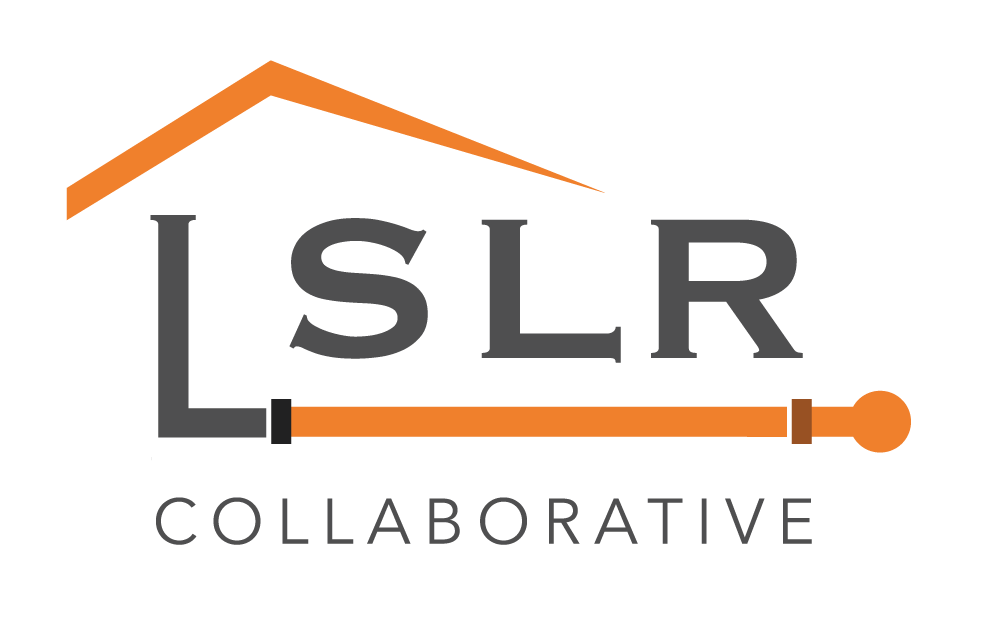|
See the full blog. Today, EDF and collaborators at Cornell published a new study that provides insight into how disclosure policies can impact potential home-buyer and renter behavior. This effort builds on a report EDF published in 2017 grading state housing disclosure policies according to their ability to help homebuyers make informed decisions about lead service lines (LSLs) before they sign a sales contract. LSLs are pipes that connect homes to the water mains under the street and are a major source of lead in drinking water. Four states — Connecticut, Delaware, New York, and Pennsylvania — and Washington, DC scored an A-. Twenty-one states scored a D or F. The remaining 25 states scored a B or C. Our analysis was based on a presumption that if potential homeowners are told that a home has an LSL, many would negotiate with the property owner for its removal, whether by having the seller replace it or building the cost into the mortgage to fund the buyer’s replacement. This was a reasonable presumption that underlies why sellers are required to disclose property defects and environmental hazards in many states. However, we were interested in testing that presumption and exploring how potential homebuyers and renters might respond differently based on how the information is disclosed by a property owner or home inspector. Our objective was to evaluate disclosure styles to assess if the different styles influenced respondents’ perceived risk of the LSL in a home and willingness to act. To conduct the survey, we partnered with Jeff Niederdeppe and Hang Lu of Cornell University’s Department of Communications who recruited 2,205 participants online and gave them one of three scenarios to consider and advised them it would cost $1,000-5,000 to replace the LSL. See Figure 1 below.
Today, the International Journal of Environmental Research and Public Health published the study titled “Research to Move Toward Evidence-Based Recommendations for Lead Service Line Disclosure Policies in Home Buying and Home Renting Scenarios.” Key findings from the study are:
Throughout the survey, respondents were presented with the hypothetical situation that an LSL was present in the property. A limitation of the study was that it did not evaluate how a potential homebuyer or renter would respond to being told that it was unknown whether an LSL was present on a property. This is a critical area for future research. This effort complements our earlier study evaluating how drinking water utilities should use interactive online tools such as maps to communicate to the public, including potential homebuyers and renters, whether a home may or may not have an LSL. Key takeaways from the new study For disclosure to accelerate LSL replacement, it will be essential that drinking water utilities inform and regularly remind property owners that the home has an LSL. Otherwise, the property owner may have no reason to take action on it or disclose it during sale. Utilities should also make the LSL locations should also be made publicly available, such as through interactive on-line maps. In addition to other benefits, these online interactive maps can provide incentive for property owners not to withhold information if a map already makes public that the property has an LSL. To the extent that utilities provide water testing results to homeowners, we recommend that they not be linked too closely with LSL disclosure, given our findings. In addition, home inspectors must check homes for LSLs and inform their clients. More research is needed to understand how best to frame a replacement recommendation. Finally, state policies should mandate that property owners disclose the presence of LSLs. It has been two years since we published our “Grading the nation: State disclosure policies for lead pipes,” report, and only Washington, DC has changed its laws to require LSL disclosure to homebuyers. However, we have seen progress on this issue for renters at the city level, with LSL disclosure now required in Cincinnati, OH; Philadelphia, PA, and Washington, DC. We need more communities to follow their lead to accelerate LSL replacement and better protect residents from lead in drinking water. Comments are closed.
|
Have a suggestion for an article or blog to add?
Let us know! Type
All
Date
April 2023
|


 RSS Feed
RSS Feed